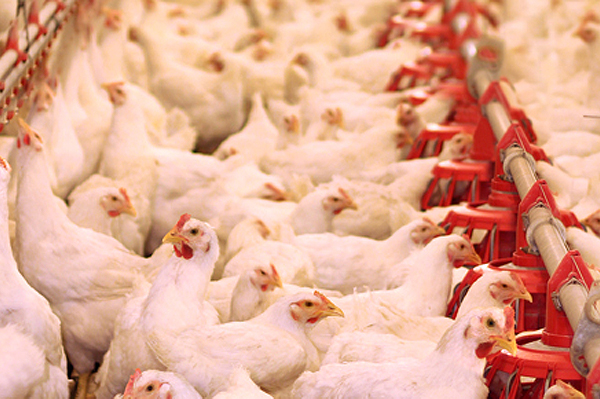Mycotoxins survey of poultry feed staffs of Iran

Mycotoxins are secondary metabolites of filamentous fungi, and so far, more than 400 types of them have been identified. The fungus, based on the type of stress, may produce different mycotoxins. The World food Organization has estimated that more than 25 percent of the world's agricultural produce is contaminated with mycotoxins. In this regard, several studies have been carried out to analyze the mycotoxin profile and the occurrence of mycotoxin simultaneously, but to the best of writer’s knowledge, there has not been a comprehensive national study on the mycotoxin contamination situation in Iran. The present study was conducted to determine the type and extent of mycotoxin contamination in corn and wheat samples used in feed, animal, poultry and aquaculture in Iran. This research was conducted during a one-year period on 152 samples including 99 corn and 53 wheat samples from 89 feed processing companies, using HPLC-MS / MS method. The results of this study showed that 12% of the examined samples were Aflatoxins, 67.7% were Fumonisins, 39.4% were Zearalenone, 38.8% were Tirchothecenes, 3.2% Ochratoxins and 12.5% were contaminated with Ergot Alkaloids. Domestic wheat specimens were contaminated with 4 to 56 different mycotoxins and their metabolites. This contamination rate in imported wheat samples was 18 to 44 different mycotoxin types. In the domestic corn sample, the number of mycotoxins detected was from 4 to 58 mycotoxin types, while in the imported corn sample, there were 9 to 54 mycotoxin types and their metabolites. Based on this, none of the analyzed samples were mycotoxin-free, 23.7% of the samples were contaminated with two types of mycotoxins, in 20.4% of the cases contamination to three types of mycotoxins, in 6.5% of time four types of mycotoxin contamination and in 1.3% of samples was contaminated with five different types of mycotoxin. The most common mycotoxins found in domestic corn, foreign corn, domestic wheat and foreign wheat were Fumonisins (88.5%), Fumonisins (90.4%), Fumonisins (21.7%) and Trichothecenes (36.6%). Considering the diversity and amount of mycotoxins identified in this study and taking into account the synergic property of the presence of several mycotoxins that exacerbate the effects of each of them, as well as difficulty of the elimination of these toxins from feed and food chain which in many cases It is impossible. In conclusion, it can be said that in order to improve the health of the feed and promote the quality of the protein produced in the country and reduce the adverse effects of mycotoxins in livestock, poultry and aquatic animals, which, in turn, reduce losses and increase production and efficiency, Mycotoxins should be given special attention.